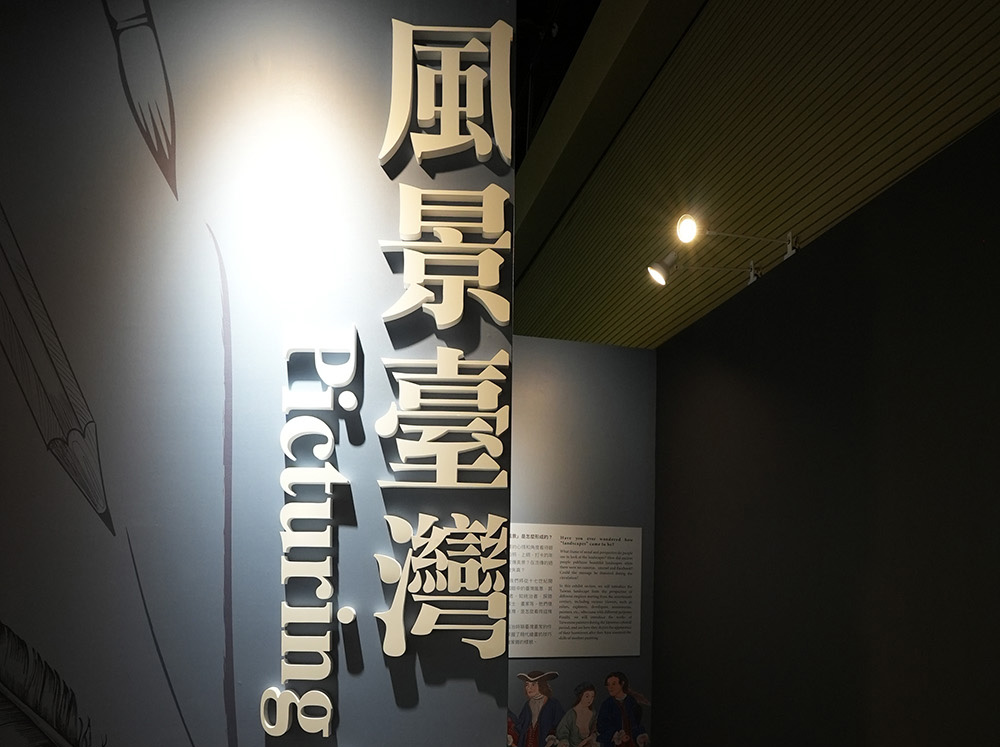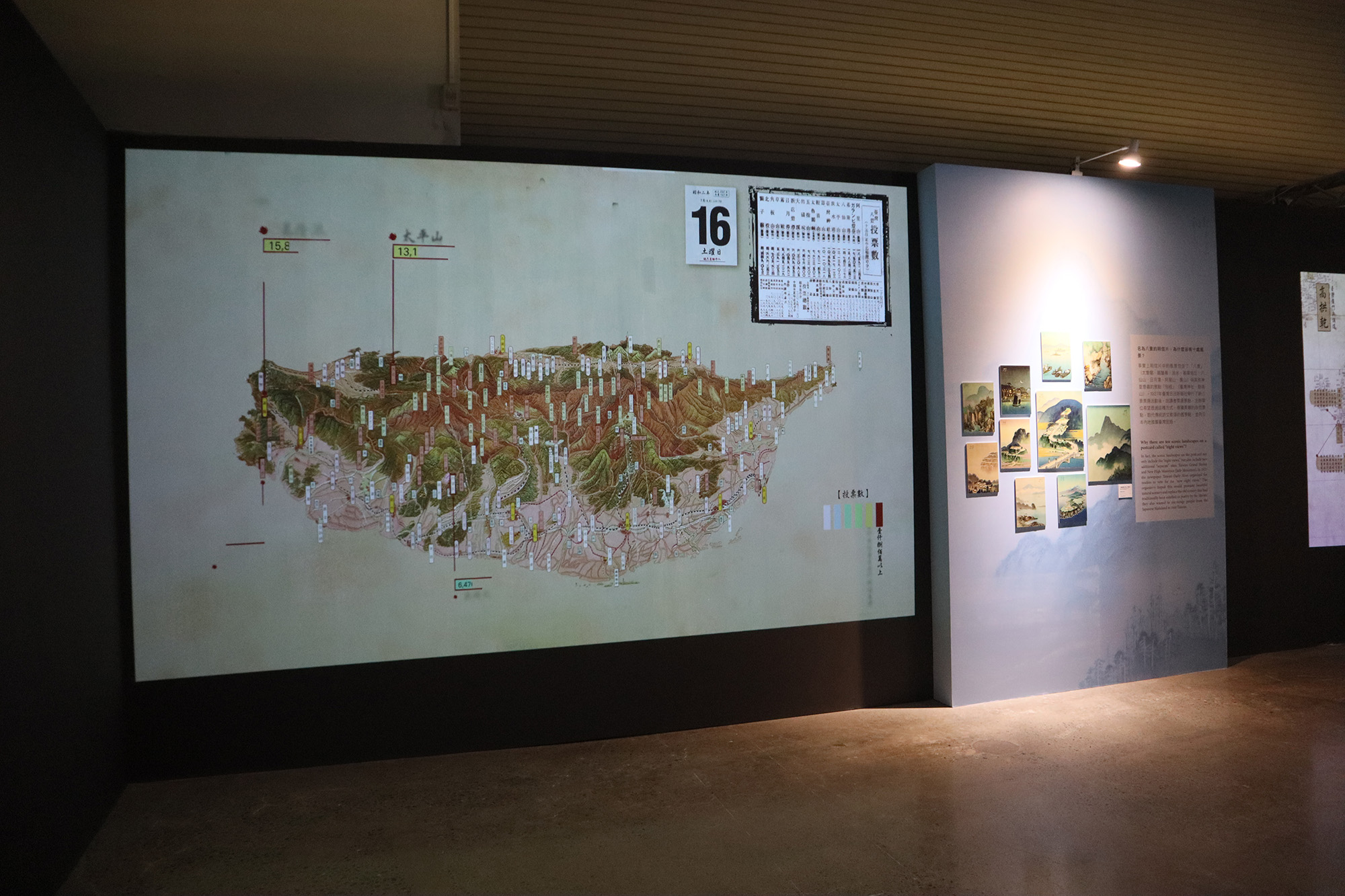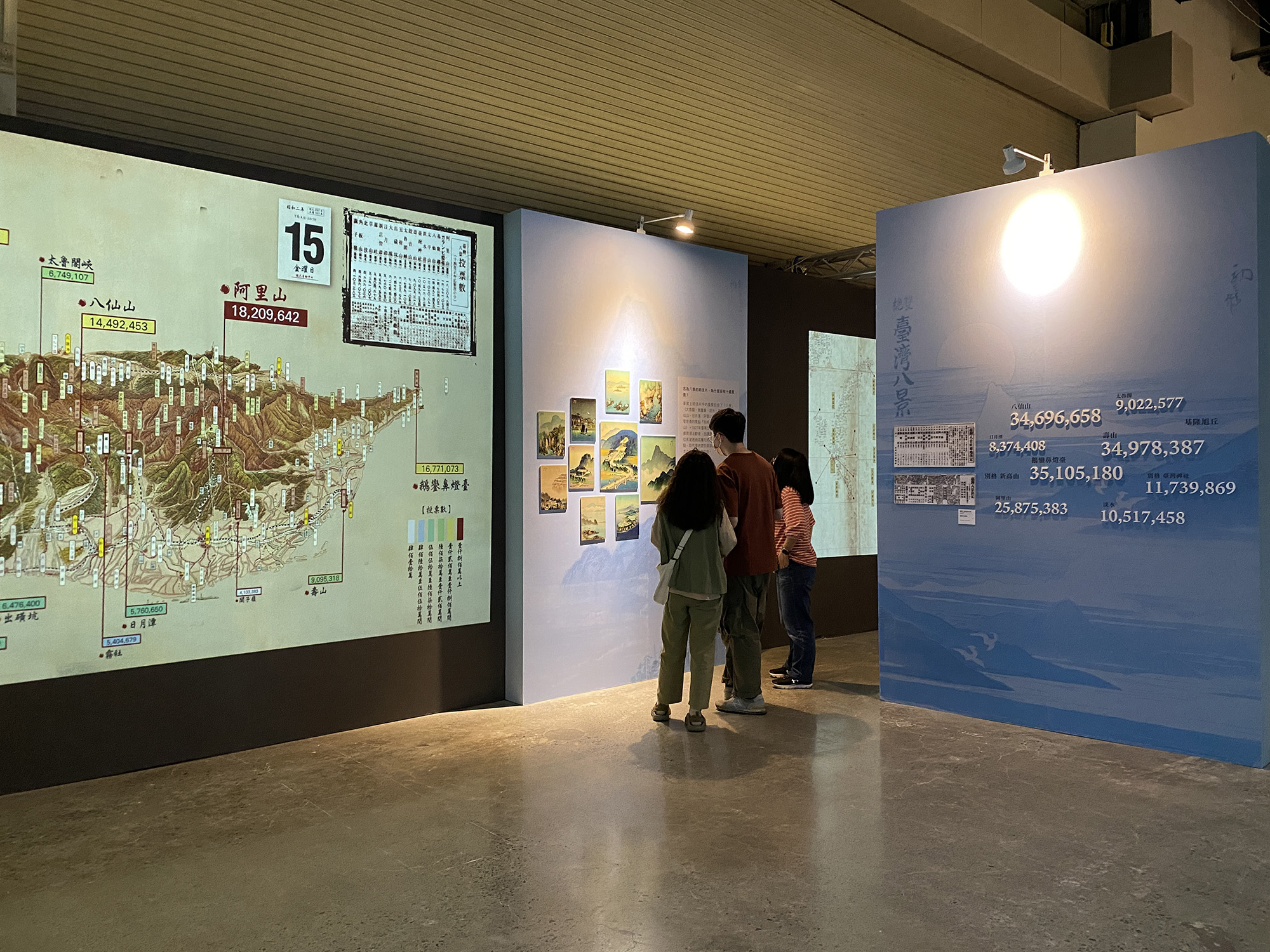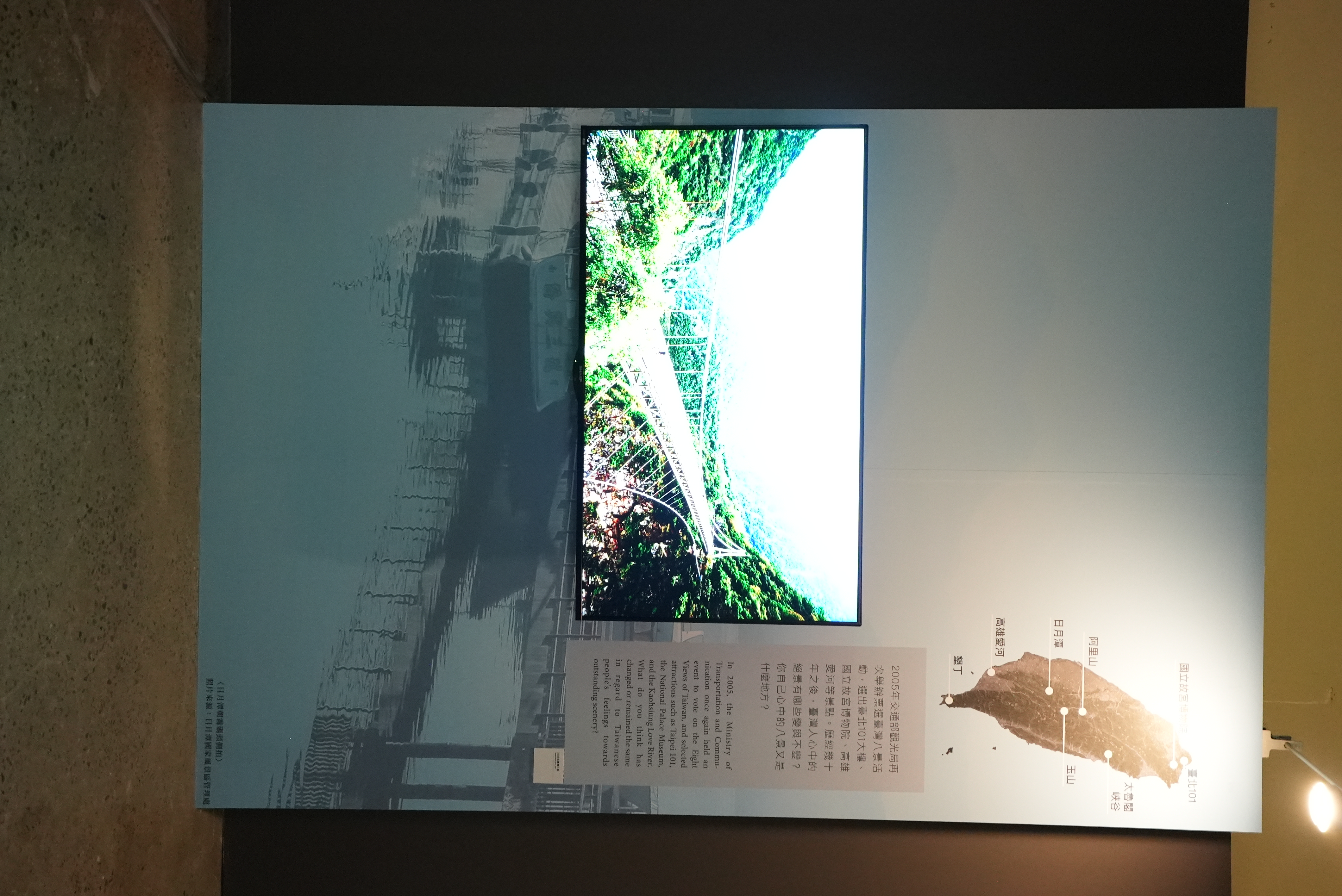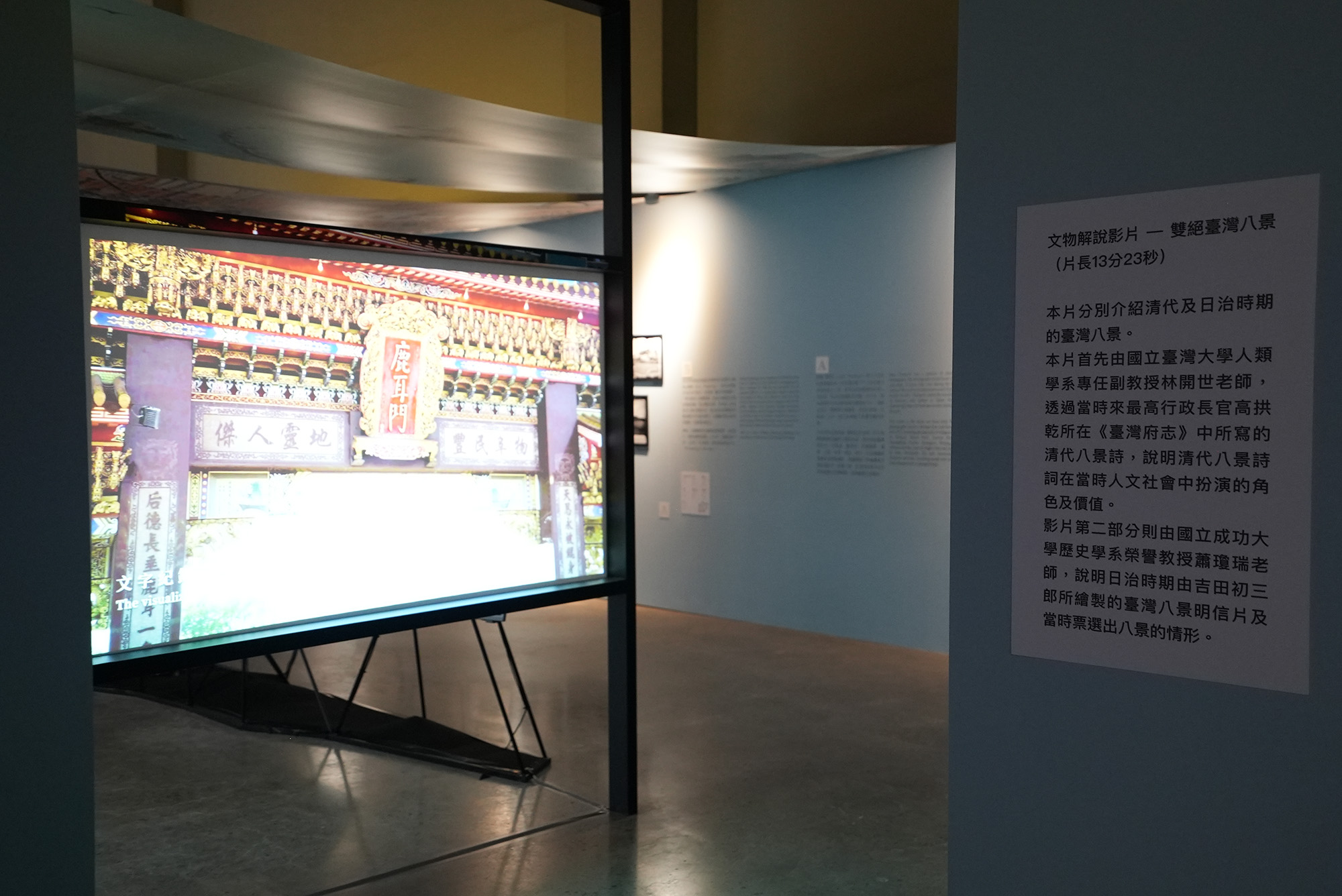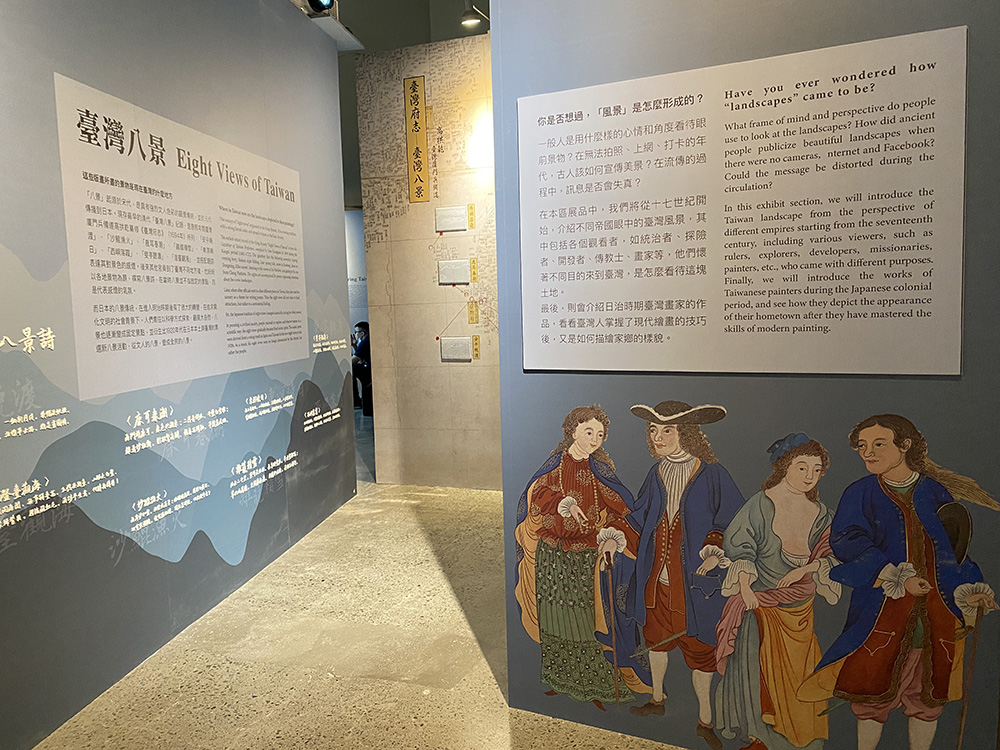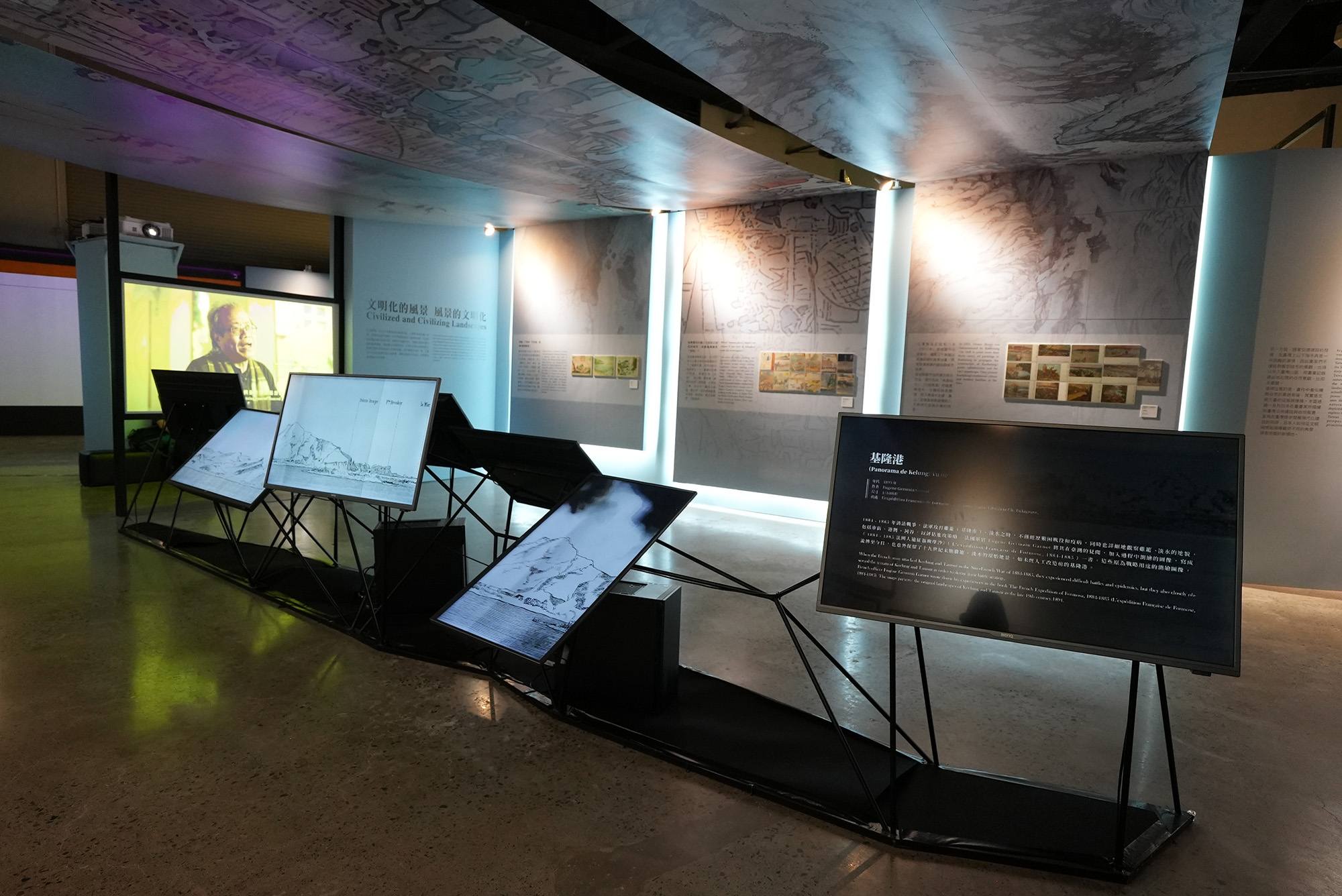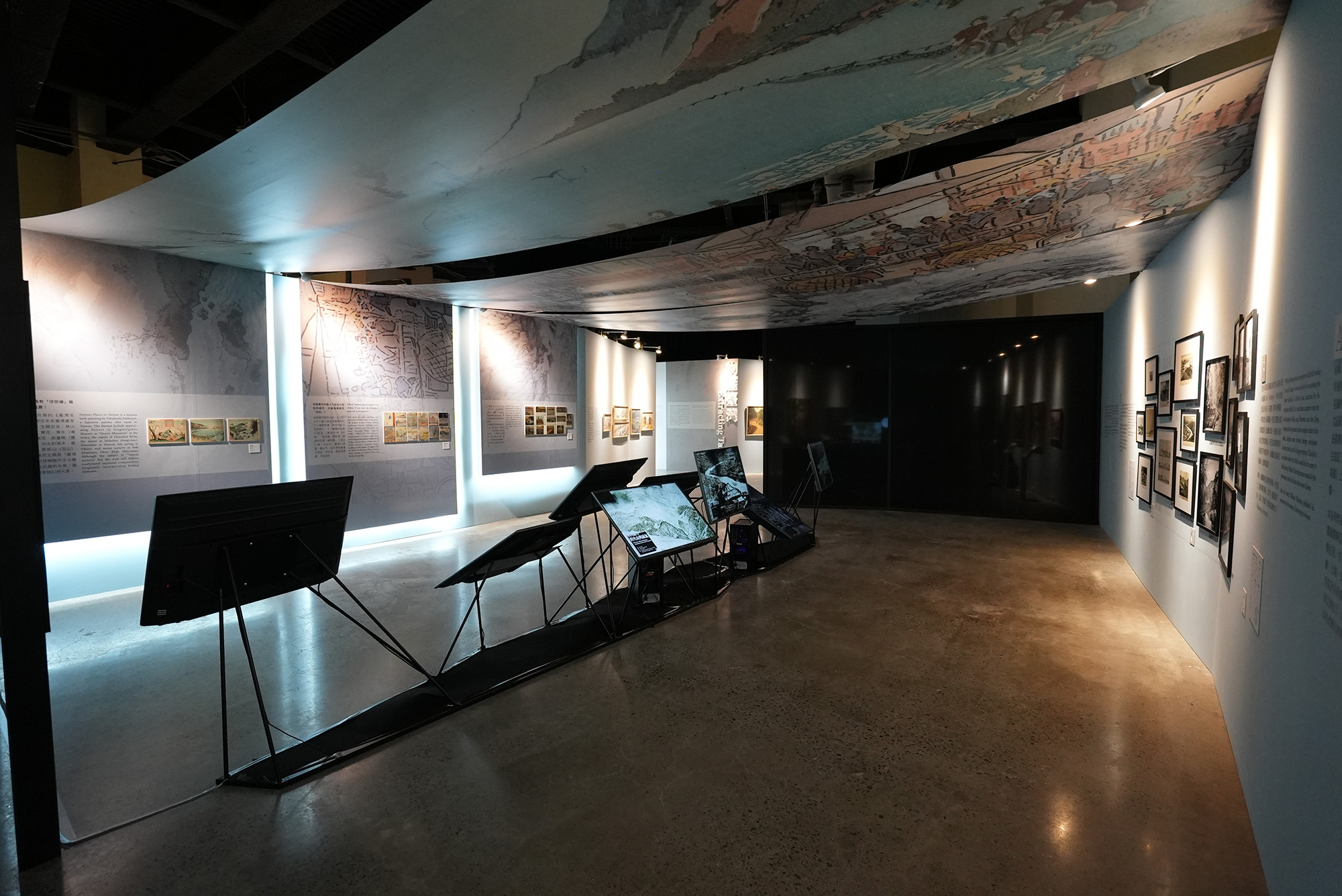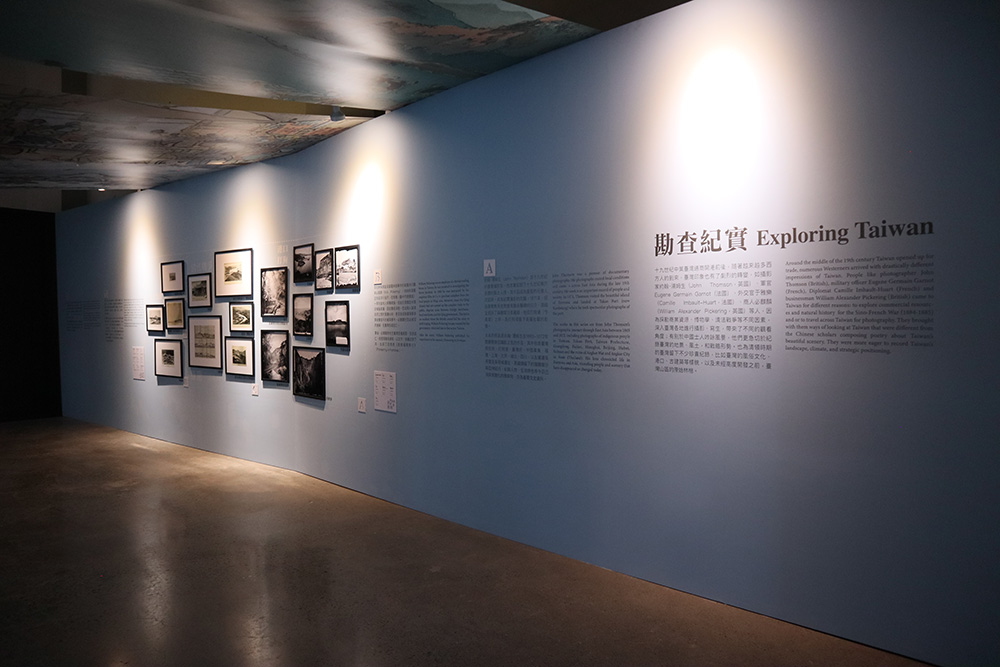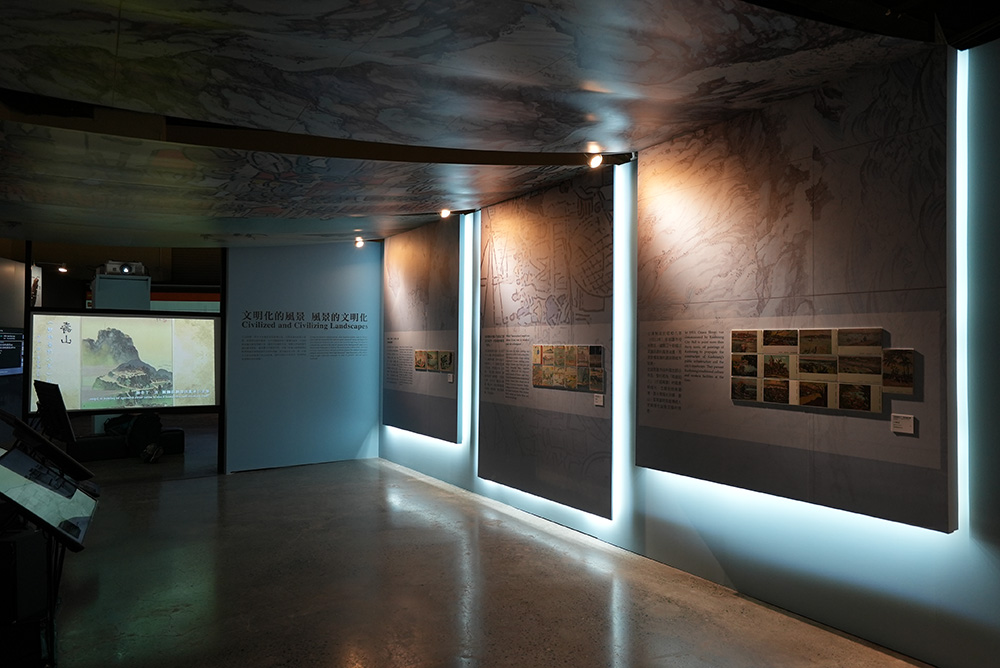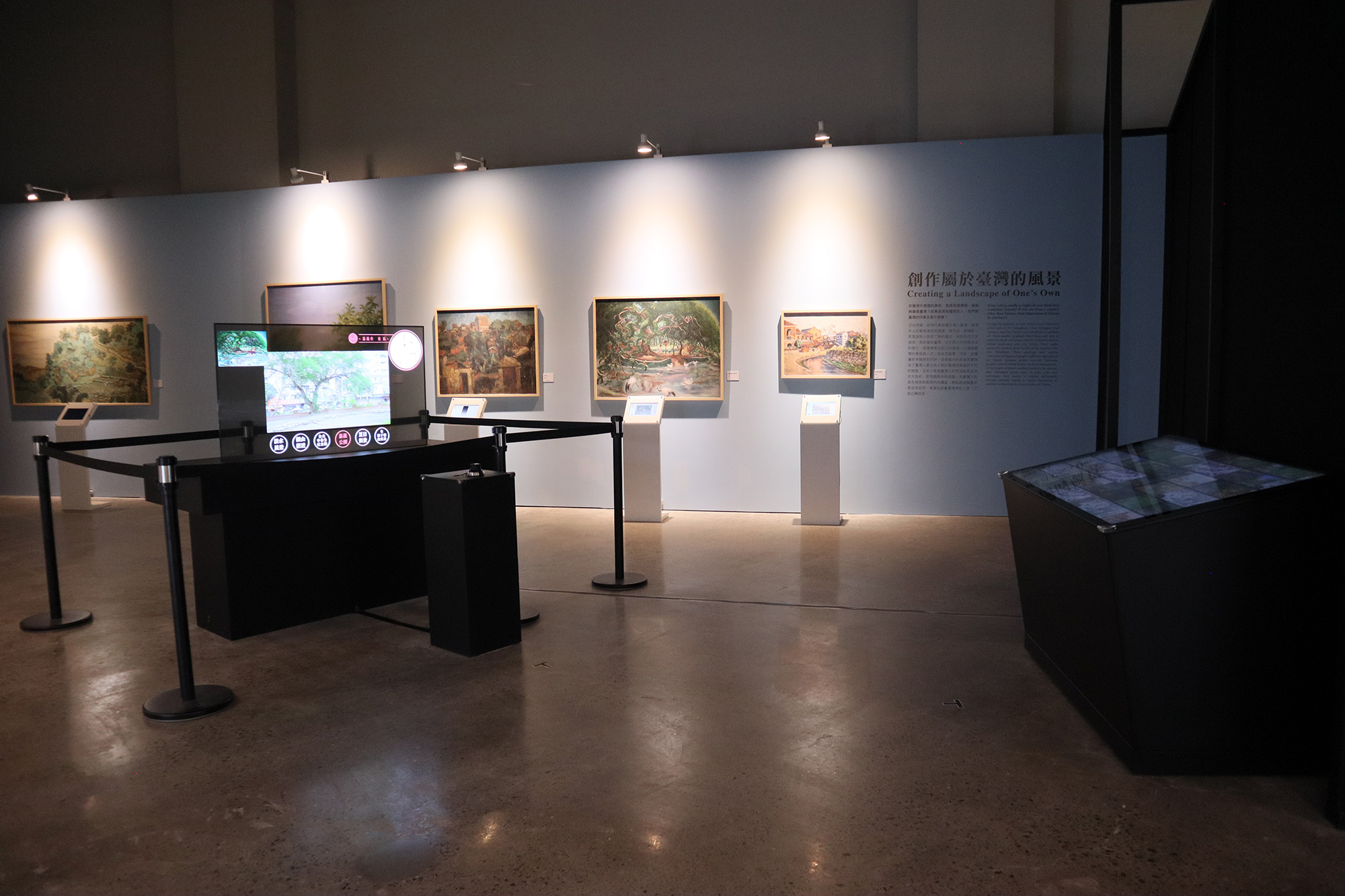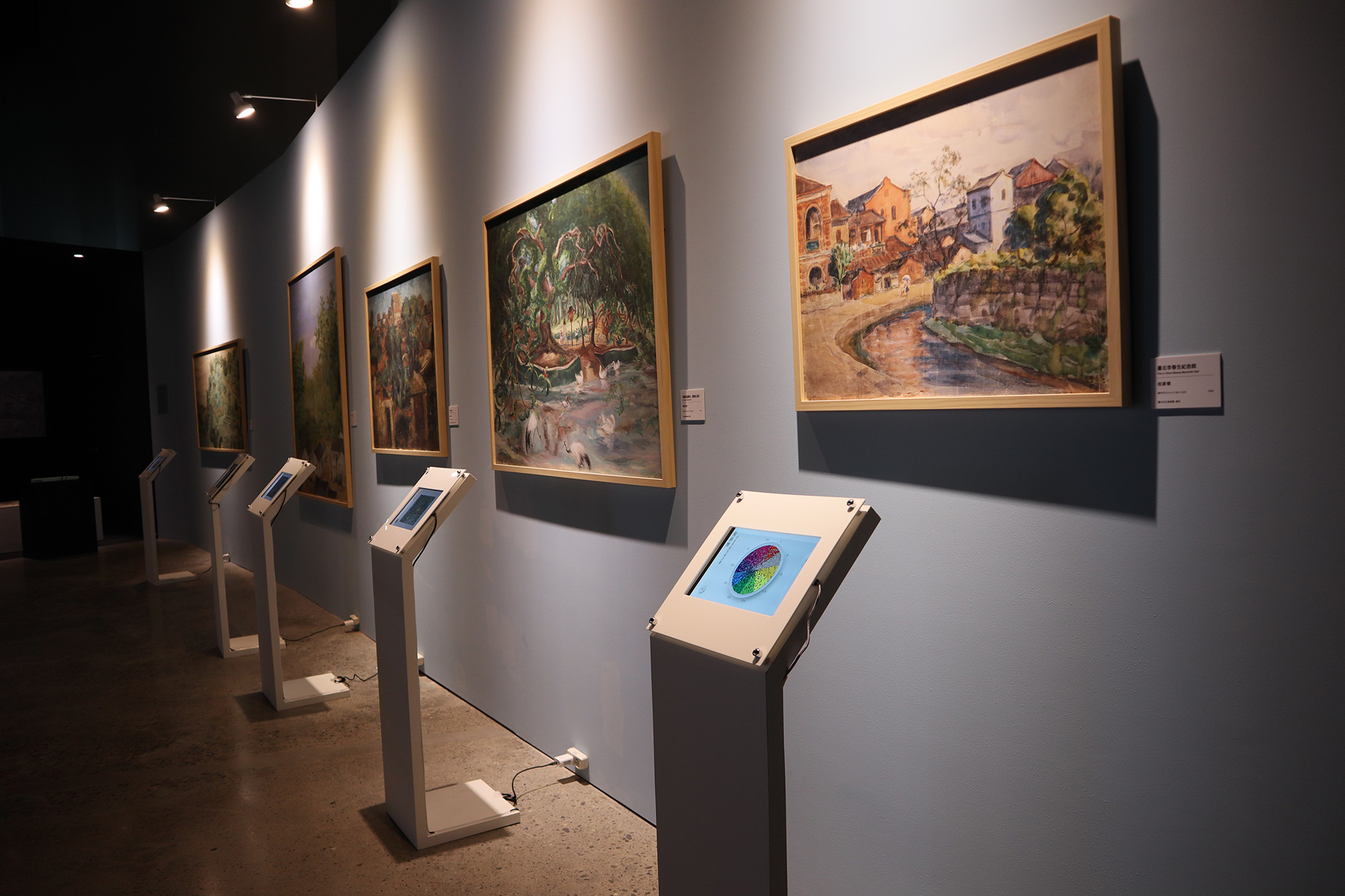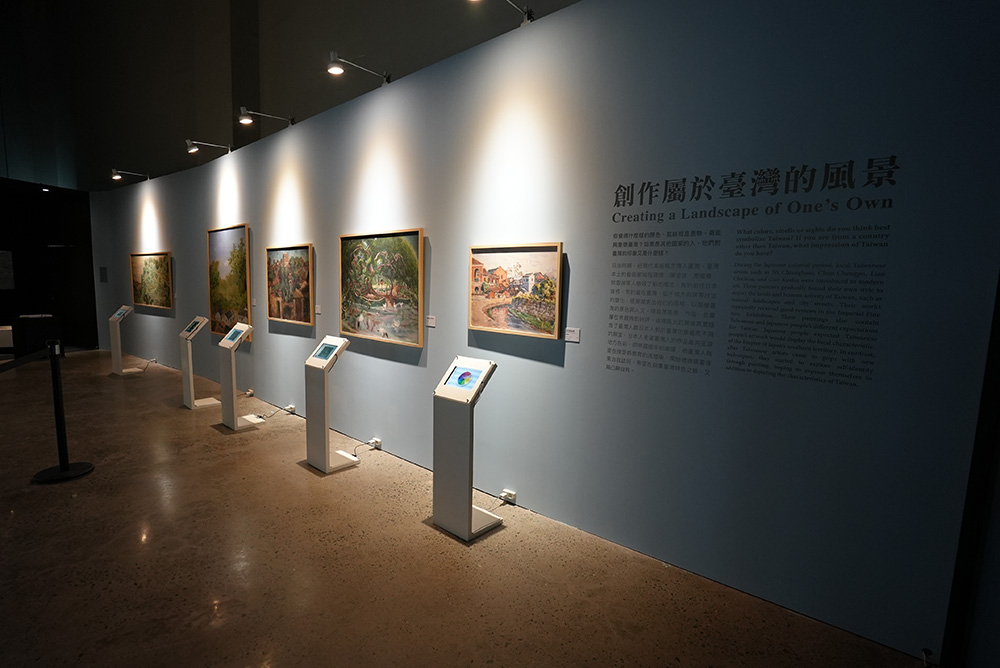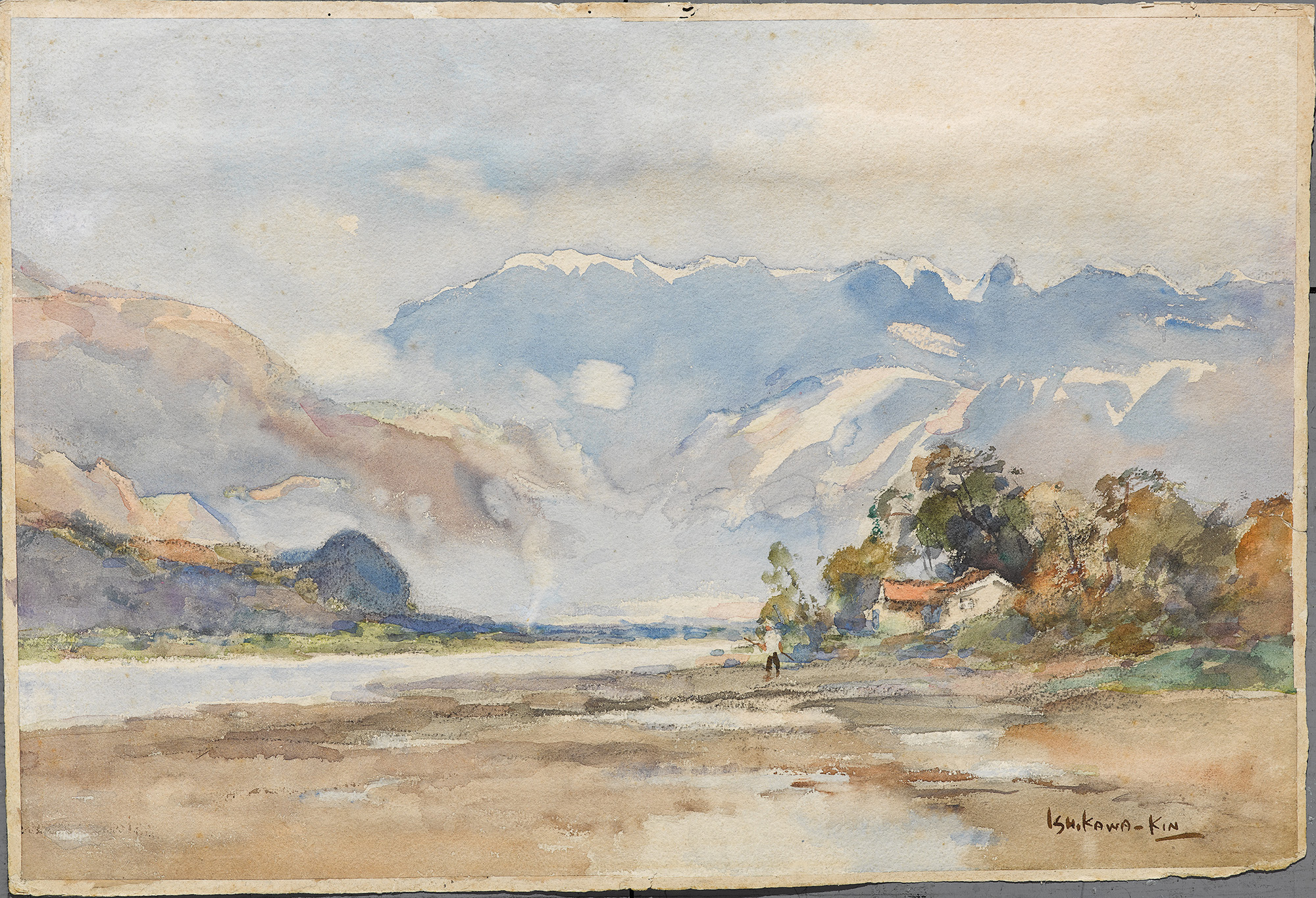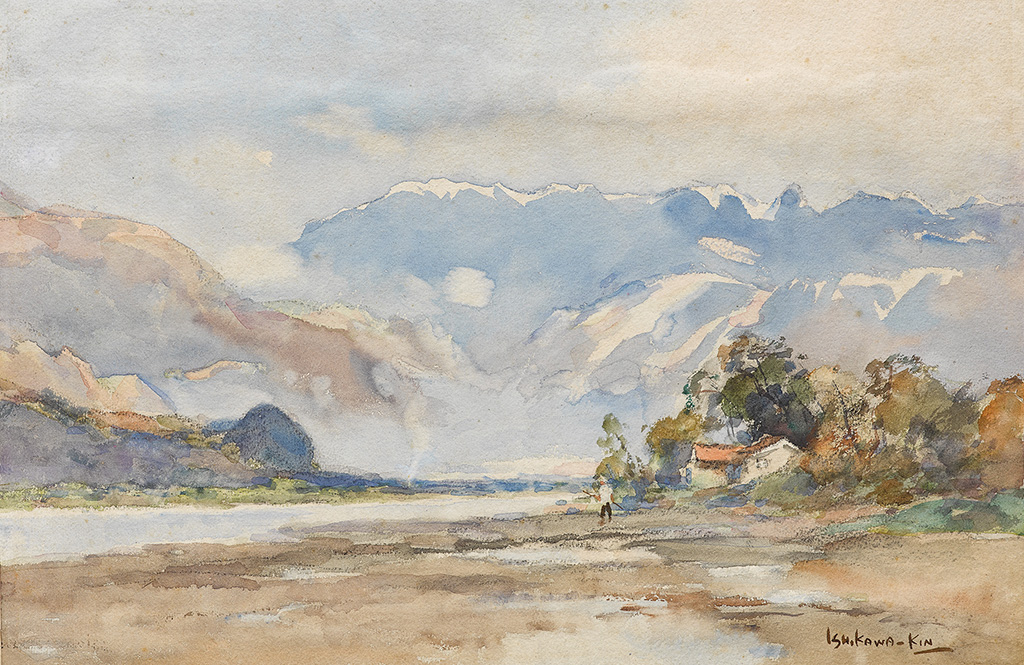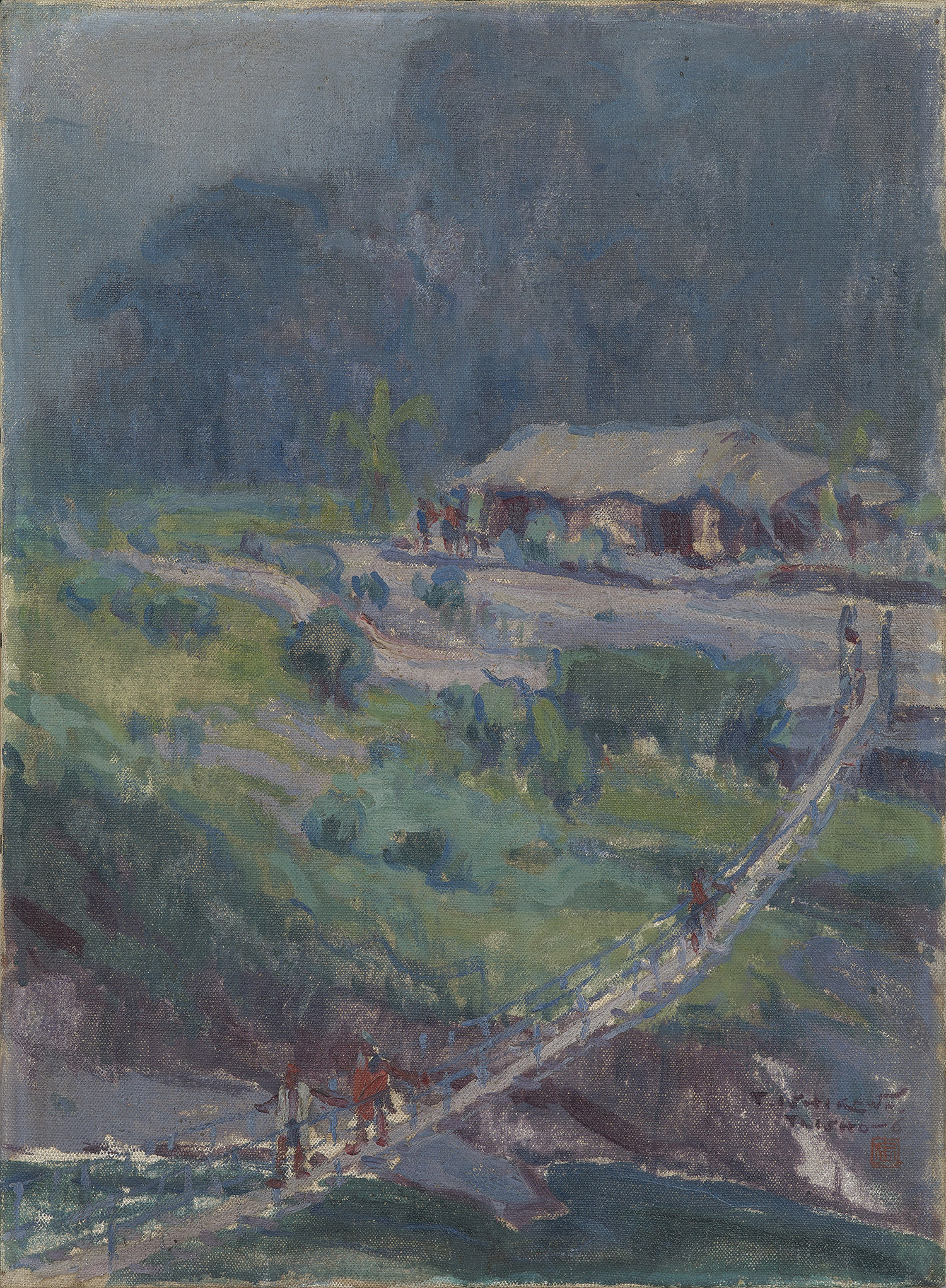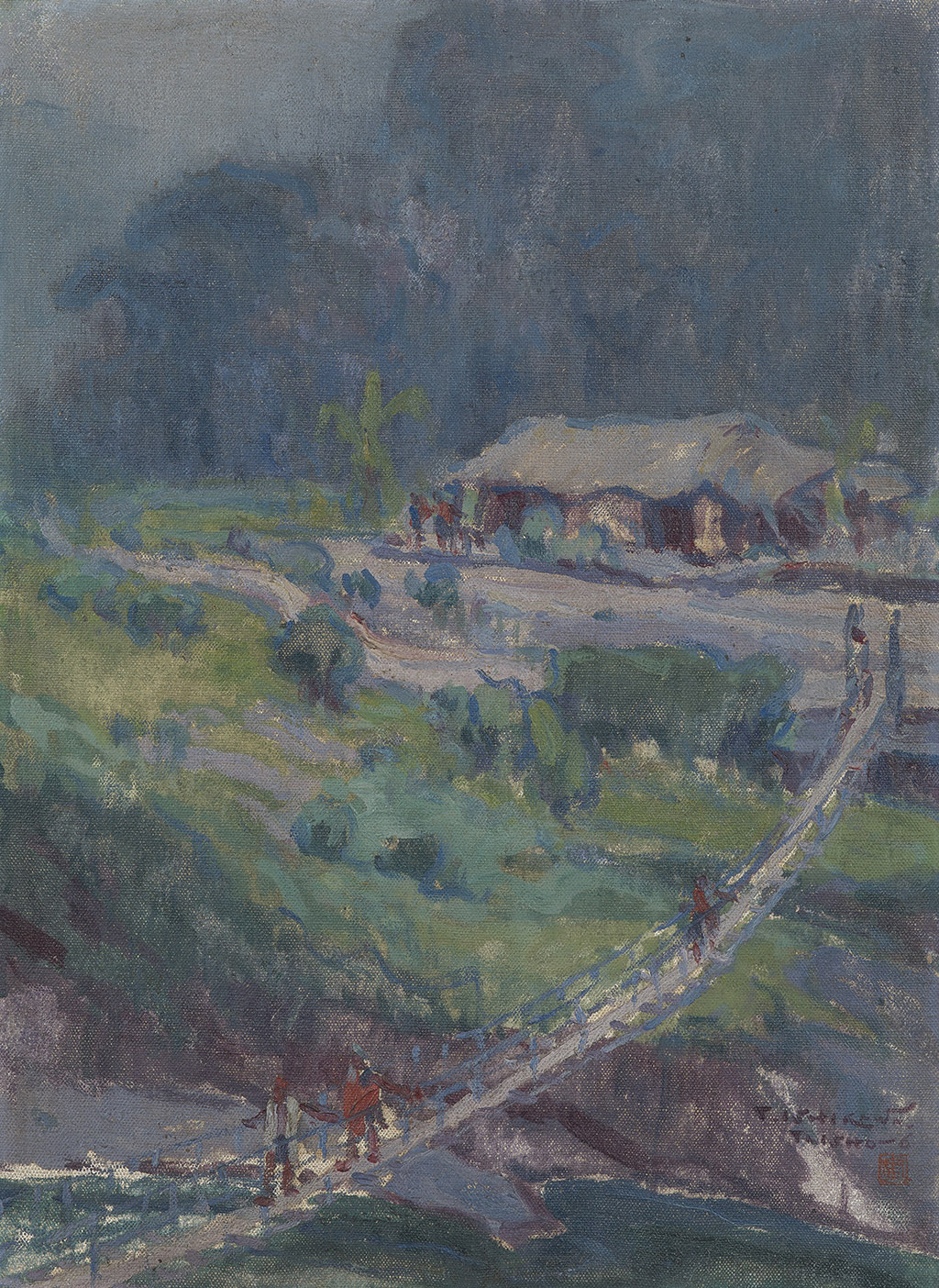Picturing Taiwan
Have you ever wondered how "landscapes" came to be?
What frame of mind and perspective do people use to look at the landscapes? How did ancient people publicize beautiful landscapes when there were no cameras, Internet and Facebook? Could the message be distorted during the circulation? In this exhibit section, we will introduce the Taiwan landscape from the perspective of different empires starting from the seventeenth century, including various viewers, such as rulers, explorers, developers, missionaries, painters, etc., who came with different purposes.
Finally, we will introduce the works of Taiwanese painters during the Japanese colonial period, and see how they depict the appearance of their hometown after they have mastered the skills of modern painting.
Civilized Scenery, the Civilization of Scenery
- The Second Highest Mountain in Taiwan
- Dimensions: 32.7X49.1 cm
- Maker(s)/Artist: Ishikawa Kinichiro
- Collection: National Taiwan Museum of Fine Arts
Ishikawa Kinichiro paid special attention to Mount Sylvia. The snow-capped mountains in Taiwan's scorching hot climate left a deep impression on him. His works include Mount Sylvia and The Second Highest Mountain in Taiwan . His paintings make Mount Sylvia appear gentle from a distance while the farmhouses and farmers present a bucolic scene of rural life in Taiwan.
- A Metal Suspension Bridge in Savage Territory (landscapes of Taiwan)
- Dimensions: 65X43X7 cm
- Maker(s)/Artist: Ishikawa Toraji
- Collection: Shung Ye Museum of Formosan Fine Arts
As public transportation developed it was no longer difficult to go to the mountainous or coastal areas in Taiwan, painters could not only paint the landscape of the city, but also go deep into the mountains to paint Taiwan's primitive and magnificent nature.
Ishikawa Toraji specialized in landscape painting. He often visited indigenous people's land to paint, believing it is the landscape that best represents Taiwan. The suspension bridge you see in the painting was constructed by the Government-General of Taiwan during the Japanese colonial period with the aim of connecting the indigenous people's territory with the outside world.











